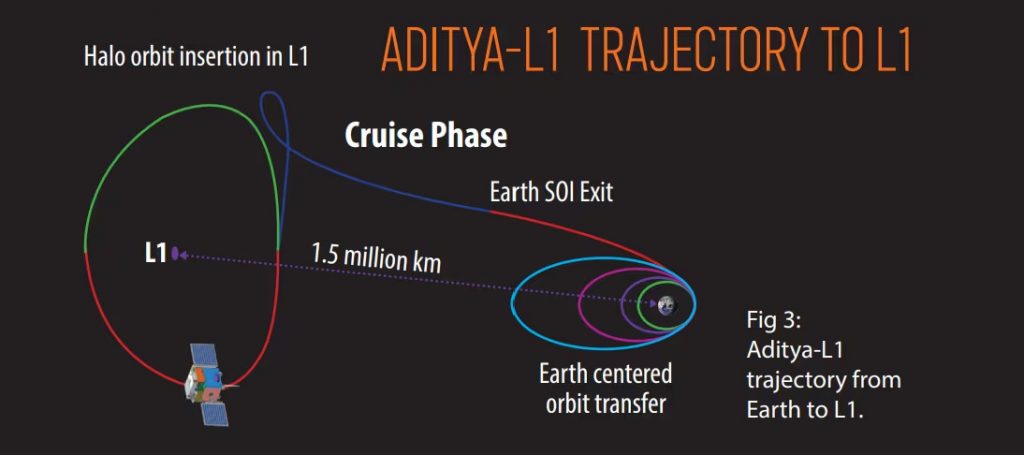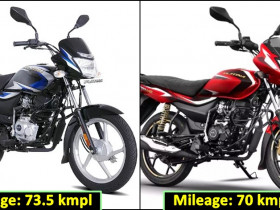No products in the cart.
Here is everything you wanna know about ISRO’s Sun mission Aditya L1
The Indian space agency, ISRO, is set to launch its first solar mission on September 2 with Aditya L1. This mission will see ISRO’s reliable PSLV rocket embark on a 125-day journey to the Sun. Prior to the launch of this solar mission, ISRO released some significant information about Aditya-L1.
Curious about ISRO’s Aditya-L1 mission? Wondering about its launch and destination in space, its goals, and the payload it carries? The details of this mission are listed below.
Some quick facts –
1. Approximately 1.5 million km from Earth, Aditya-L1 will be pointed towards the Sun.
2. The Sun is a giant ball of gas and Aditya-L1 will study the outer atmosphere of the Sun.
3. Aditya-L1 will neither land on the Sun nor come close to the Sun.
According to ISRO, the launch of Aditya-L1 on PSLV C57 took place on Friday. The Sun Observatory will launch the mission from the second launch pad at 11.50 a.m. on Saturday, marking a new milestone after India’s successful moon mission, Chandrayaan-3.
In Aditya L1, at L1 (the Sun-Earth Lagrangian point), approximately 1.5 million kilometers from Earth, we will observe the solar corona remotely and in situ the solar wind. According to ISRO, the halo orbit has five Lagrangian points between the Sun and Earth, and the L1 point would provide a great advantage of observing the Sun continuously without causing eclipses.
ISRO scientists have used a more powerful version of the launch vehicle PSLV, “XL”, which will launch into space on Saturday with seven payloads. PSLV-XL variants were also used for Chandrayaan-1 in 2008 and the Mars Orbiter Mission (MOM) in Manglik orbit in 2013.
The spacecraft will have seven payloads. Four of these will look directly at the Sun, while three will study particles and fields at L1. Initially, the Aditya-L1 spacecraft will be docked in low Earth orbit. A launch will be made towards the Lagrange point L1 using the onboard propulsion system after it has been extended out of the ellipse.

The reason Aditya spacecraft goes to L1 is because this is where we get the tightest and clearest view of the Sun. L2 is located behind the Earth, resulting in a somewhat diminished view of the Sun, while L3 is behind the Sun and thus not in a good position to communicate with the Sun. L4 and L5 are stable locations, but they are far from Earth compared with L1, which lies between the Sun and Earth.








